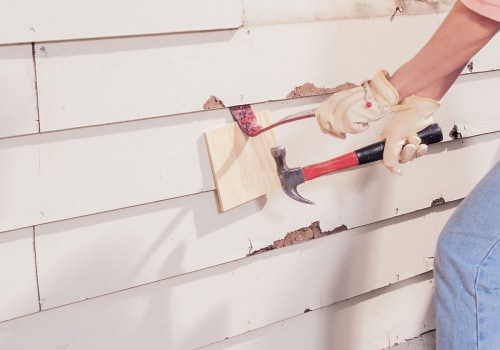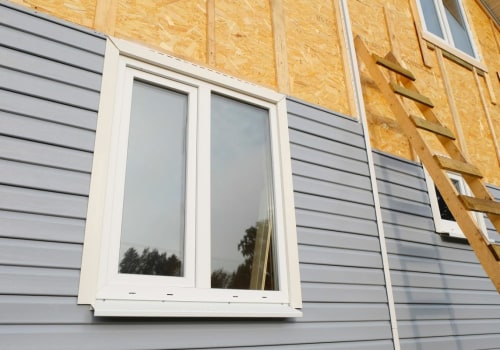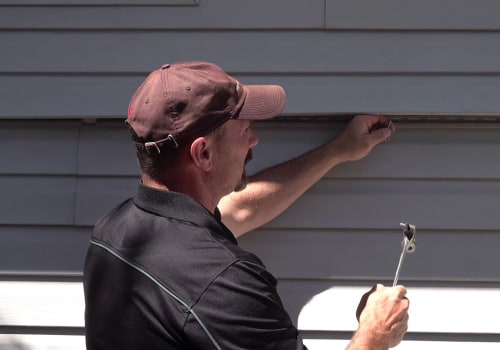It is best to simply replace the section of the coating that has the damage. You will need a tool to remove the coating, an electric drill, external screws and. Sustainable, highly customizable and durable, fiber cement is a very popular cladding material among Portland builders and homeowners. Although it is among the most expensive in terms of material and installation, low maintenance costs over time can help offset the initial cost.
In addition, the return on investment is higher for fiber cement than for vinyl, according to Remodeling Magazine. Fiber cement is made from a mix of wood fiber, sand, clay and Portland cement, and does a better job than vinyl at mimicking wood textures. Like vinyl, it comes in many different formats, from horizontal or vertical boards to shingles of different shapes, sizes and textures. In terms of durability, it is top notch, with a lifespan of up to 40 years (provided that regular maintenance is carried out)) .Everyone loves the look of real wood, which is in a medium to high range for the prices of coating materials, and must be repainted or treated every few years.
Wood is also the coating material most likely to catch fire. On the other hand, wood is easy to install, resists sun, rain and wind well, and can last 40 years or more if properly cared for. Engineered wood cladding, made from wood chips bonded with resin, is more environmentally friendly than real wood. It also costs less and is easier to maintain, although with a shorter lifespan of 30 to 40 years.
Metal siding may look industrial, but it's gaining popularity as a modern, weather-resistant, and durable material without the environmental impacts of wood or vinyl. In fact, in Iceland, where houses with metal cladding are called “battleships”, their appearance has become an icon. In addition to traditional corrugated panels, metal coatings come in flat panels or with vertical joints, box-shaped ribs or flat panels and in a variety of pre-coated colors. Its cost is comparable to that of vinyl and requires virtually no maintenance for this material to last 50 years or more.
While vinyl siding has an uneven reputation due to environmental toxicity and durability issues, it's still a popular low-cost option for cladding a home. Practically maintenance-free is needed for this coating, which will last 30 to 40 years in Portland's temperate climate. Insulated vinyl siding is more expensive, but it has a built-in foam coating, increasing a home's energy efficiency, which is rewarded by Portland's Home Energy Score policy. If you opt for vinyl siding, be sure to work with a contractor who is trained and experienced in installing the product, as incorrect installation is the most common cause of problems with vinyl siding.
Also, trust us, the modern installation of this product looks better than it did in the 90s. Small holes, voids or cracks in the fiber cement coating can be repaired with putty. In the same way, wood filler can be used for wood cladding and can then be painted. However, for larger repairs, it is best to replace the entire plate or plates.
Vinyl siding is very easy to replace. The damaged panel is removed and the new panel is slid into place and fixed with nails. Repairing a small area takes less than a day. Professional vinyl siding repair costs can vary depending on the magnitude of the damage and the complexity of the repair. Read on to learn more about siding types, how to perform minor siding repairs, or how to replace a small damaged section.
Before starting any repair, you'll first need to evaluate the full extent of the damage to determine if a simple repair will suffice or if you need to replace entire sections of the coating. While vinyl siding is durable, taking preventive measures can help extend its lifespan and reduce the need of future repairs. To ensure that the repair fits your current siding perfectly, look for a discolored piece of siding in an inconspicuous area of your home. Brick or stone is a classic cladding material that is more cost-effective in the form of sheet metal or a thin layer of prefabricated stones glued to one side of the house.






